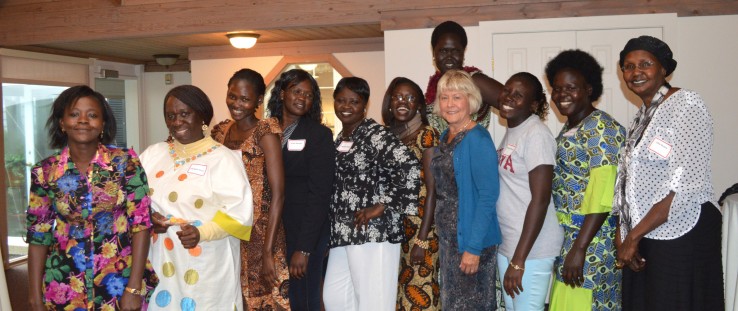 Christie Vilsack, USAID senior adviser for international education, in blue cardigan, with South Sudanese students in USAID-supported SHHIELD program
Ashley Green, USAID
Christie Vilsack, USAID senior adviser for international education, in blue cardigan, with South Sudanese students in USAID-supported SHHIELD program
Ashley Green, USAID
 Christie Vilsack, USAID senior adviser for international education, in blue cardigan, with South Sudanese students in USAID-supported SHHIELD program
Ashley Green, USAID
Christie Vilsack, USAID senior adviser for international education, in blue cardigan, with South Sudanese students in USAID-supported SHHIELD program
Ashley Green, USAID
To many Americans, the education and career path taken by Irene Draga Medakpwe Lawrence, a South Sudanese student at Indiana University pursuing a master’s degree in secondary education, might seem nothing short of improbable.
Lawrence started school in 1996, midway through Sudan’s second civil war, which lasted more than 20 years. The conflict forced her to begin her schooling in the Robidiire refugee camp in Uganda. Her lessons were conducted outdoors, where stones served as seats and the shade of trees served as classrooms. Common interruptions to lessons included wildlife and torrential rainstorms, often ending class for that day.
“Learners performed poorly due to poor facilities, lack of learning materials and … a lack of food for learners,” Lawrence recalls. “There were no proper[ly] trained teachers.”
Lawrence’s mother, Teresa Malia Aldo Laze, was one of those teachers. Despite having no proper training, she provided Lawrence and other students with both a unique perspective and much-needed motivation.
In the late-1990s, Aldo Laze was able to send her daughter to a different school with better facilities where Lawrence completed her primary and secondary education. She then received a bachelor’s degree from Kyambogo University in Uganda.
Now she is working on a master’s degree as part of a partnership between USAID, Indiana University and South Sudan.
At the start of the 2014-2015 academic year, Lawrence was one of 14 South Sudanese women to arrive in Bloomington, Ind., to begin work on degrees in secondary education, with a focus on education in emergencies, at Indiana University. The partnership that brought the scholars to Indiana—the South Sudan Higher Education Initiative for Equity and Leadership Development (SSHIELD)—helps to build an ethnically diverse group of female leaders equipped to assist South Sudanese universities and the education system to promote social cohesion, peace building and conflict mitigation. It is part of a larger project known as Higher Education for Development, which is implemented by the American Council for Education.
Originally, USAID planned to help design and institute a Master of Education program at South Sudanese universities through a partnership with Indiana University. But in December 2013, civil war broke out, threatening to impede its start. Program organizers shifted the activities to Bloomington, where Lawrence and her fellow students are currently studying to become South Sudan’s next generation of education leaders.
Under this partnership, the 14 South Sudanese women have full scholarships that include tuition, books, room and board, and many other incidental expenses and types of support. Upon completion, each student is required to return to South Sudan for at least two years to use their newly acquired education and leadership skills to help build the country’s education system.
The partnership with Indiana University is one of hundreds of similar working arrangements between USAID and American and international colleges and universities. Over the past eight years, USAID has provided approximately $2.6 billion to U.S. universities and education institutions to build capacity in science and research, improve access to and delivery of health services, train and produce educators to connect graduates with labor market needs, and strengthen approaches to enhanced natural resource management.
Through these partnerships, American colleges and universities expand their global reach, partner alongside institutions facing similar challenges, and build a community of students who will become leaders in development. Developing countries benefit from expanded leadership in their higher education sector, access to cutting edge research, and new technological approaches. Investments in higher education also improve and sustain economic development. These partnerships go beyond education alone—they are tackling some of the globe’s leading international development issues, from climate change and food security, to global health and improved governance.
“Indiana University is a large public university in a small community in the Midwest,” said Terrence C. Mason, professor and associate dean for research and development at Indiana’s School of Education. “But this program has had a profound impact on both the students and faculty. People on campus are aware of the conflict in South Sudan, but it has been life-changing for them to be able to hear and see firsthand the commitment to peace building and conflict resolution of 14 women from 10 different ethnic groups.”
For South Sudan and the South Sudanese students who will eventually return to their country, the benefits also abound. “The 14 women will change [the] lives of thousands of students and community members,” Lawrence says. “There will be a great change in South Sudan education, which is significant to the development of the nation since education is the key production of skilled human labor for any country, and can reduce the illiteracy rate in the country.”
Lawrence expects to graduate in 2015. Upon graduating, she plans to return to South Sudan to focus on improving the country’s education standards while promoting girls’ education.
“These partnerships are tackling some of the globe’s leading international development issues, in this case, educational achievement and access,” says Christie Vilsack, senior adviser for international education at USAID. “It’s exciting to see that both Americans and the people we work with in developing countries are benefiting from these partnerships.”







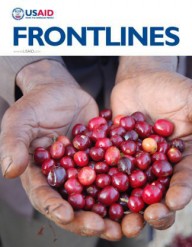

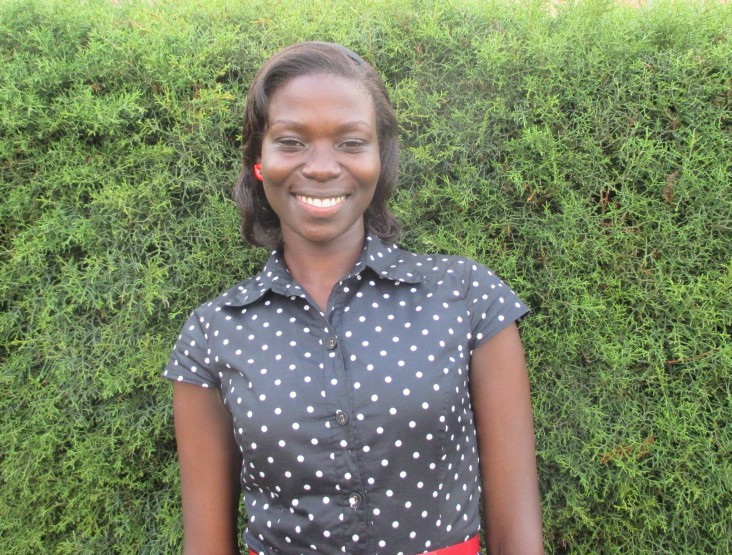
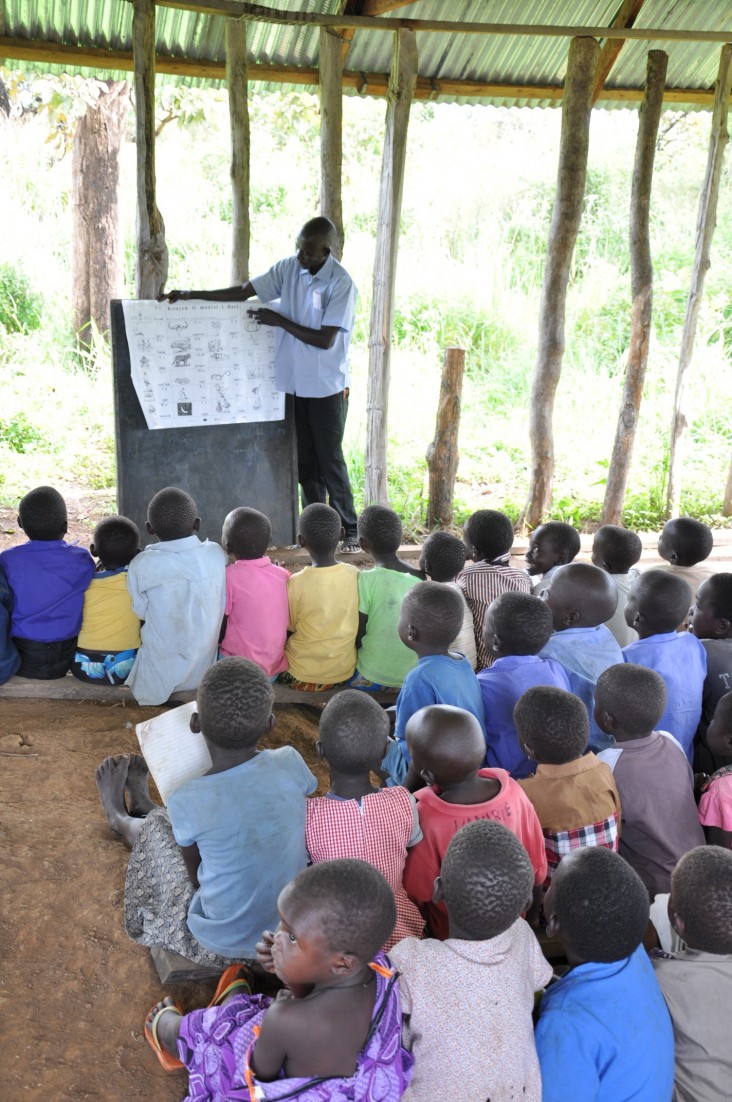
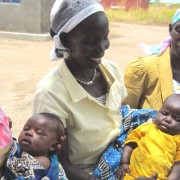
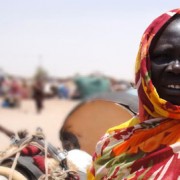
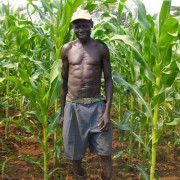
Comment
Make a general inquiry or suggest an improvement.